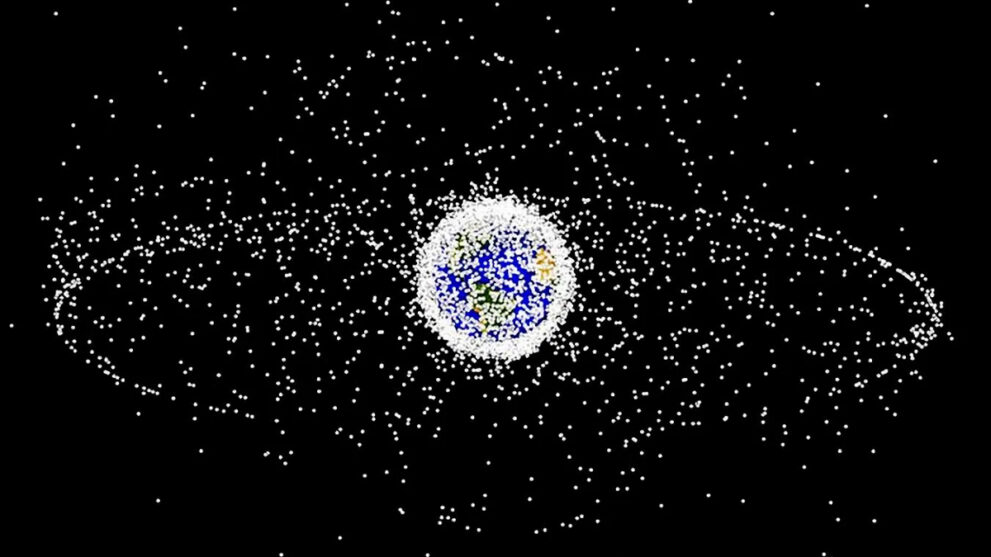China’s recent ambition to create massive satellite constellations has raised major concerns within the global space community. The launch of the Guowang and Qianfan constellations is part of this plan, with China aiming to place thousands of satellites into orbit. However, this increased satellite activity could lead to more space debris, causing long-term risks to our orbital environment. As these projects progress, the world faces the challenge of managing growing space traffic and the potential for catastrophic collisions that could last generations.
China’s Rocket Launch Issues
China’s space efforts have faced criticism, especially regarding its handling of rocket stages. In 2022, a series of launches for the Tiangong space station led to uncontrolled rocket reentries, one of which forced Spain to shut down part of its airspace. Unlike controlled reentries, which ensure safety by preventing debris from harming the Earth’s surface, uncontrolled reentries are a cause of concern.
Currently, China leaves spent rocket boosters in low Earth orbit, where they can remain for over a century. Jim Shell, an expert in orbital debris, warns that with over 1,000 planned launches for satellite deployment, China’s rockets will continue to add to the growing debris in space. Without proper management, this could lead to an increased collision risk.
Growing Space Congestion from China’s Satellite Projects
The Guowang and Qianfan satellite constellations are adding to space congestion, especially in low Earth orbit. Rockets like the Long March 6A and 8 are leaving their upper stages at altitudes of 447 to 484 miles, which means less atmospheric drag and debris that can last for decades. The satellites themselves orbit even higher, around 621 miles.
Although newer models like the Yuanzheng-2 can perform controlled reentries, many older rockets responsible for uncontrolled reentries remain in use. As China plans to increase its production of the Long March 5B and Long March 8 rockets, the risk of space debris only grows.
Lack of Transparency in China’s Space Activities
Transparency has always been an issue in China’s space practices. Despite having rockets capable of controlled reentries, there’s little clarity on whether these will be used for the Guowang and Qianfan launches. In 2022, former NASA Administrator Bill Nelson criticized China for failing to share trajectory data when a rocket reentered uncontrollably. This highlighted the importance of international cooperation and transparency in managing space safety.
China’s officials have often brushed aside these concerns as anti-China rhetoric, but experts, such as Harvard astronomer Jonathan McDowell, argue that China’s reentry practices are objectively more problematic than those of other nations. A greater commitment to transparency and international standards is essential to mitigating the risks of orbital debris.
The Growing Global Space Debris Issue
China is not the only contributor to the space debris problem. SpaceX’s Starlink constellation also adds to the growing concern, with over 6,700 satellites in orbit and plans to expand. The sheer number of satellites poses challenges to scientific observations and increases the risk of Kessler Syndrome, where satellite collisions lead to a cascade of further impacts.
While SpaceX’s Falcon 9 rockets are designed for controlled reentries, the large number of Starlink satellites causes difficulties for astronomers and obstructs observations from ground-based telescopes. With more countries and companies embarking on satellite mega-constellation projects, addressing space debris and ensuring sustainable space exploration has never been more urgent.
As satellite mega-constellations continue to grow, the question remains: how can the global community better manage space debris to ensure the long-term sustainability of orbital activities?









